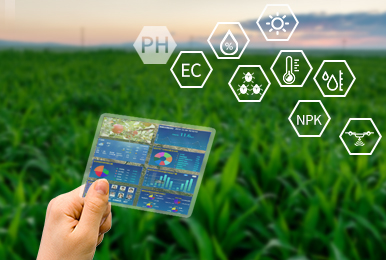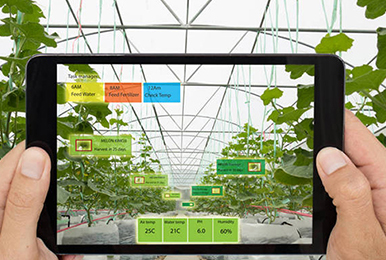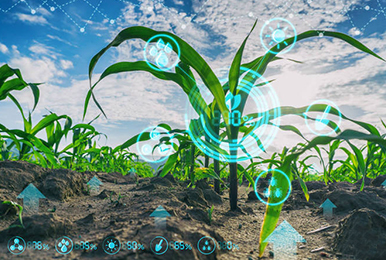What Tools Do Farmers Need for Data Analytics?
Data analytics – using new technologies to gain insight from digital data – is more common in other industries than farming. Still, agriculture has much to gain from it. Before farmers can start capitalizing on these technologies, though, they must acquire the necessary tools.With the continuous development of smart agriculture, Smart agriculture cloud platform has attracted more and more attention.
The first step in data analytics is collecting data, which farms can do through the internet of things (IoT). Wireless, interconnected devices like soil sensors, drones, and weather-tracking solutions gather crucial information and transmit it to a single, accessible location. Despite being fairly new, these technologies are increasingly accessible, with farms set to install 12 million of these sensors by 2023.
Farms will also need cloud storage solutions to store and organize this data. They’ll then use machine learning algorithms to analyze it and produce actionable insights. While agribusinesses can design their own models, off-the-shelf solutions are also available.

The Future of Agricultural Data Analytics
As these technologies advance and become more common, their potential use cases will expand. One of the most promising future applications of data analytics for agricultural yields is genomics.
Early studies show that machine learning can identify genes that enable plants to grow with less fertilizer. Similar data analytics models could reveal other helpful genes to help scientists modify crops to produce more resilient, resource-efficient crops. As these practices grow and successful cases emerge, it’ll become easier for farms to grow more with less.
As data technology advances, it will also become more affordable. Devices like IoT sensors and cloud platforms will then become accessible to smaller farms, bringing these benefits to the entire industry, not just large agribusinesses.

JXCT Smart agriculture cloud platform
The agricultural big Data cloud platform collects data such as temperature, environmental humidity, CO2, soil temperature, humidity and moisture, outside temperature and wind speed in the agricultural environment in real time through sensor equipment. Data will be transmitted to the service management platform through WIFI and other networks for data analysis and processing. Producers can take timely prevention and control measures to reduce production risks; Meanwhile, on the smart agriculture cloud platform, producers can remotely and automatically control greenhouse irrigation, ventilation, cooling, heat preservation and other facilities and equipment to achieve precise operation and save labor and time.
Take the intelligent greenhouse as an example: the intelligent greenhouse is equipped with electric rolling curtain, exhaust fan, electric irrigation system and other mechanical and electrical equipment, which can realize the remote control function. Farmers can log in the system through mobile phone or computer, control the greenhouse water valve, exhaust fan, louver machine switch; They can also set control logic that automatically opens and closes shutters, water valves and fans, depending on internal and external conditions. Such as greenhouse mechanical and electrical equipment.

Farms Today Must Embrace Data
Data analytics may be new to agriculture, but the practice is becoming increasingly crucial. As pressure grows to feed more people with fewer resources, farms must capitalize on analytics technologies to meet modern demands.These five steps can help agribusinesses make the most of data technology to improve crop yields. They can then reduce their expenses and ecological footprints while growing profits.They can then reduce their expenses and ecological footprints while growing profits.